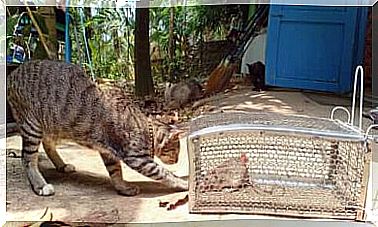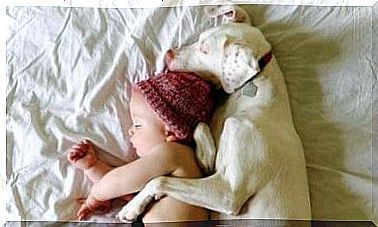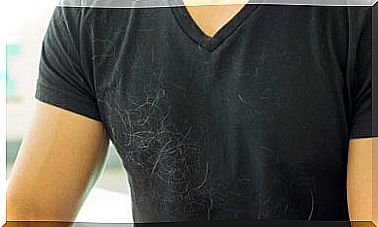Parasites On Dogs… Differentiate Them To Eliminate Them!

Parasites in dogs, and also in puppies, are very common and we must take extra precautions. The from two weeks of age must vermifugar puppies. They are more vulnerable and a parasite infestation is more dangerous for them. We also need to be careful that puppies do not come into contact with other animals if they have not been vaccinated yet.
But even if the puppies are vaccinated, they can also be contaminated by parasites, so it is very important to differentiate them to fight them, and so that they don’t get sick.
You should know that there are internal and external parasites, so My Pets will give you more information about this very important issue for your puppy’s health.
Types of parasites in dogs

As mentioned earlier, parasites can be internal and external. Externals live in your dog’s coat and internals live in your pet’s internal organs and are harder to detect.
the external parasites
External parasites are arthropods that are hosted on your dog’s fur and feed on your pet’s blood, but there are other pests that bite and produce infectious diseases that can be very harmful to your puppy’s health.
Perhaps the best known parasite is the tick, they usually appear in the hottest seasons of the year, begin to appear in spring and especially in summer, which is when your pet is at greater risk of infection.
Ticks are disease carriers, so you should consult your veterinarian about preventive measures to take. But keep an eye out, the puppies cannot put on an anti-tick collar.
Also be very careful with all members of the family, as ticks are also transmitters of diseases to humans.
Fleas are the parasites that we have to take special care of if we have puppies at home.
We must stick to this, because if your dog has fleas, the chances that the puppies will also have it are huge, as they are all over the house.
This is because the adult flea is housed in the fur, “sucks” your pet’s blood, and then lays its eggs throughout the house.
Thus are born the larvae that become adults and then house again in your dog, thus starting a new cycle of reproduction.
Although fleas and ticks are common parasites, we should also be on the lookout for black flies, mosquitoes, bed bugs, lice, etc., but as we said before, there are other parasites that don’t itch but carry infectious diseases like the scabies mite , the “bicheira”, among others.
the internal parasites

Internal parasites are more difficult to identify as they are in the dog’s internal organs and are harder to notice. The intestines, kidneys and muscles are the places where pests can do a lot of harm, as they feed on the blood and nutrients of our puppies.
The most common internal parasites are the round worms, which usually stay in the intestine, but they can also happen to be attached to the respiratory system and, later, cause gastrointestinal problems.
They are long and round and are transmitted through the feces of our pets, but in the case of puppies, also through breast milk, or during the gestation period of the puppies, if the mother has not been dewormed.
Another variety of internal parasites are flat worms, which are short and flat-bodied (hence the name). The organs where they often host are the gallbladder, liver, intestine, etc.
The seriousness of this type of parasite is that they tend to be ingested by other external parasites and that they lay eggs on animals. In this way, in addition to feces, your dog can also be contaminated through fleas.
In the case of external parasites, it is easier to detect and treat them, based on deworming pipettes.
But in the case of internal parasites, it is more difficult to detect, so if you notice that your dog has a swollen belly, has diarrhea, vomiting, weight loss or if he is wasting away, you should take him to the vet immediately.








